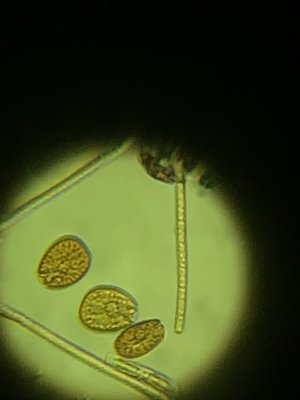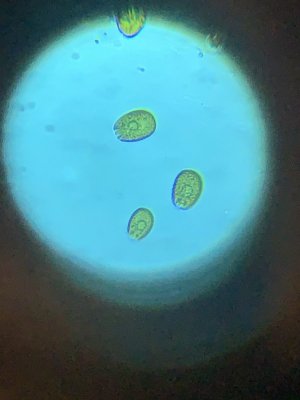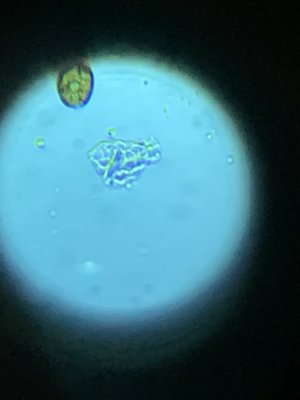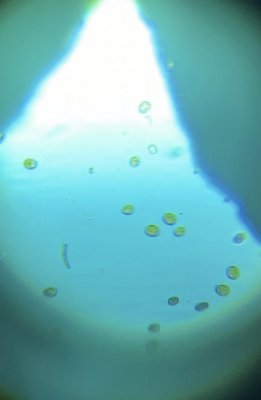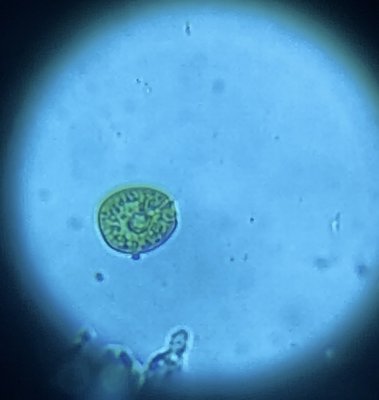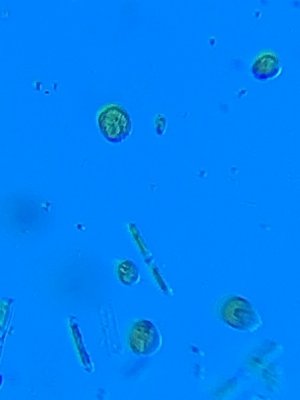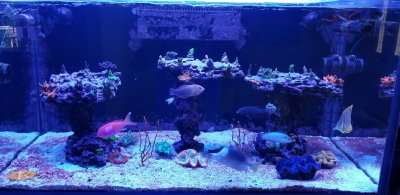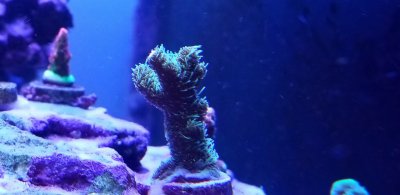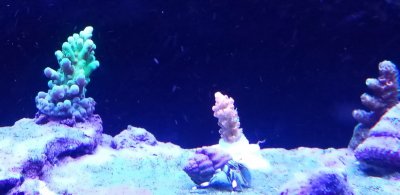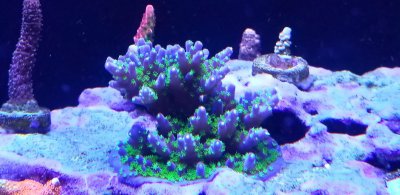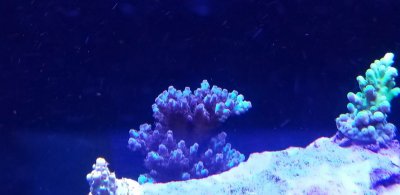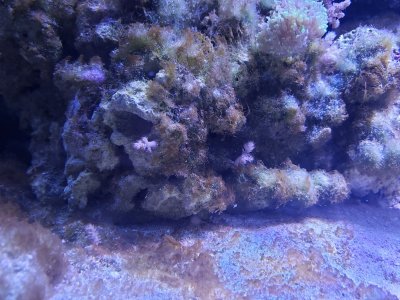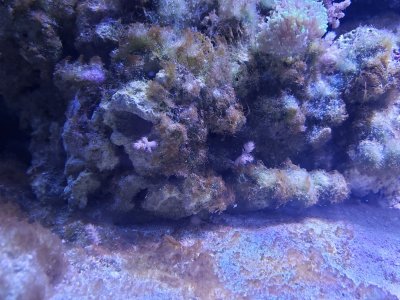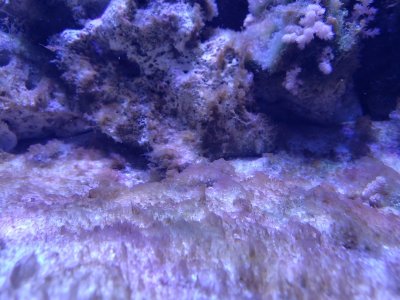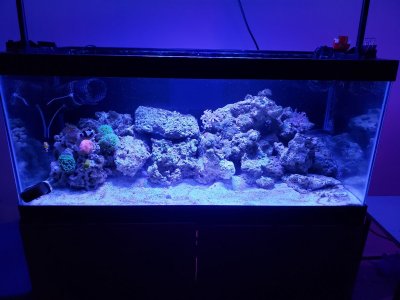so it appears that i have amphidinium dinos

Only two in view but they cover the whole sand bed. Tank is about 3.5 year's. I started with dry rock with about 12 pounds liverock from lfs. Used gfo to bring down phosphates, not sure how long they were bottomed out. They are now around .1 ppm, hanna Ulr phosphate checker. I still struggle with high nitrates. 70 ppm. Red sea pro.
should i ride them out or could i try anything to decrease my nitrates. i'd like to see them somewhere between 10 20 ppm as i'm also struggling with some cyano.
Only two in view but they cover the whole sand bed. Tank is about 3.5 year's. I started with dry rock with about 12 pounds liverock from lfs. Used gfo to bring down phosphates, not sure how long they were bottomed out. They are now around .1 ppm, hanna Ulr phosphate checker. I still struggle with high nitrates. 70 ppm. Red sea pro.
should i ride them out or could i try anything to decrease my nitrates. i'd like to see them somewhere between 10 20 ppm as i'm also struggling with some cyano.






